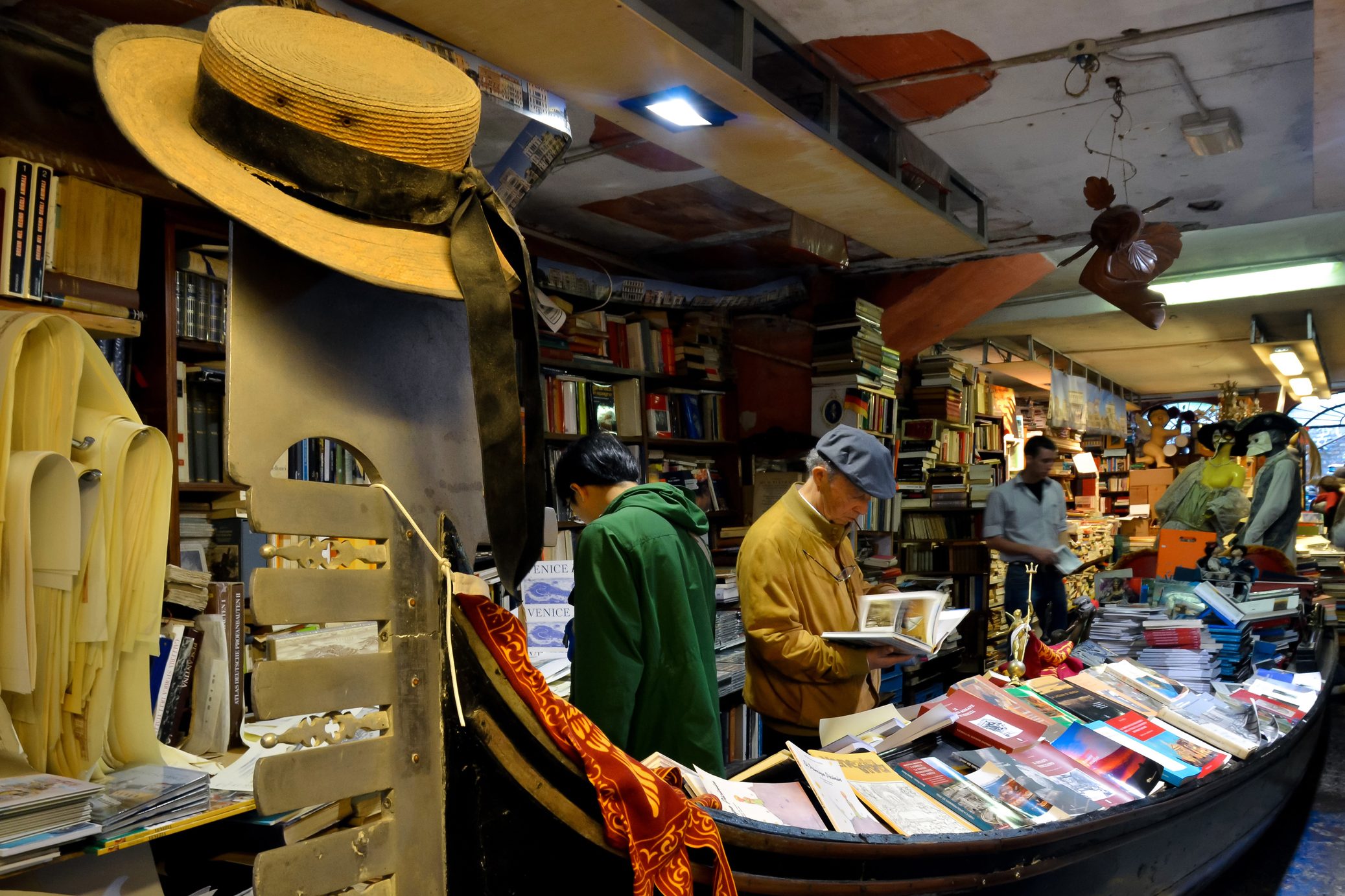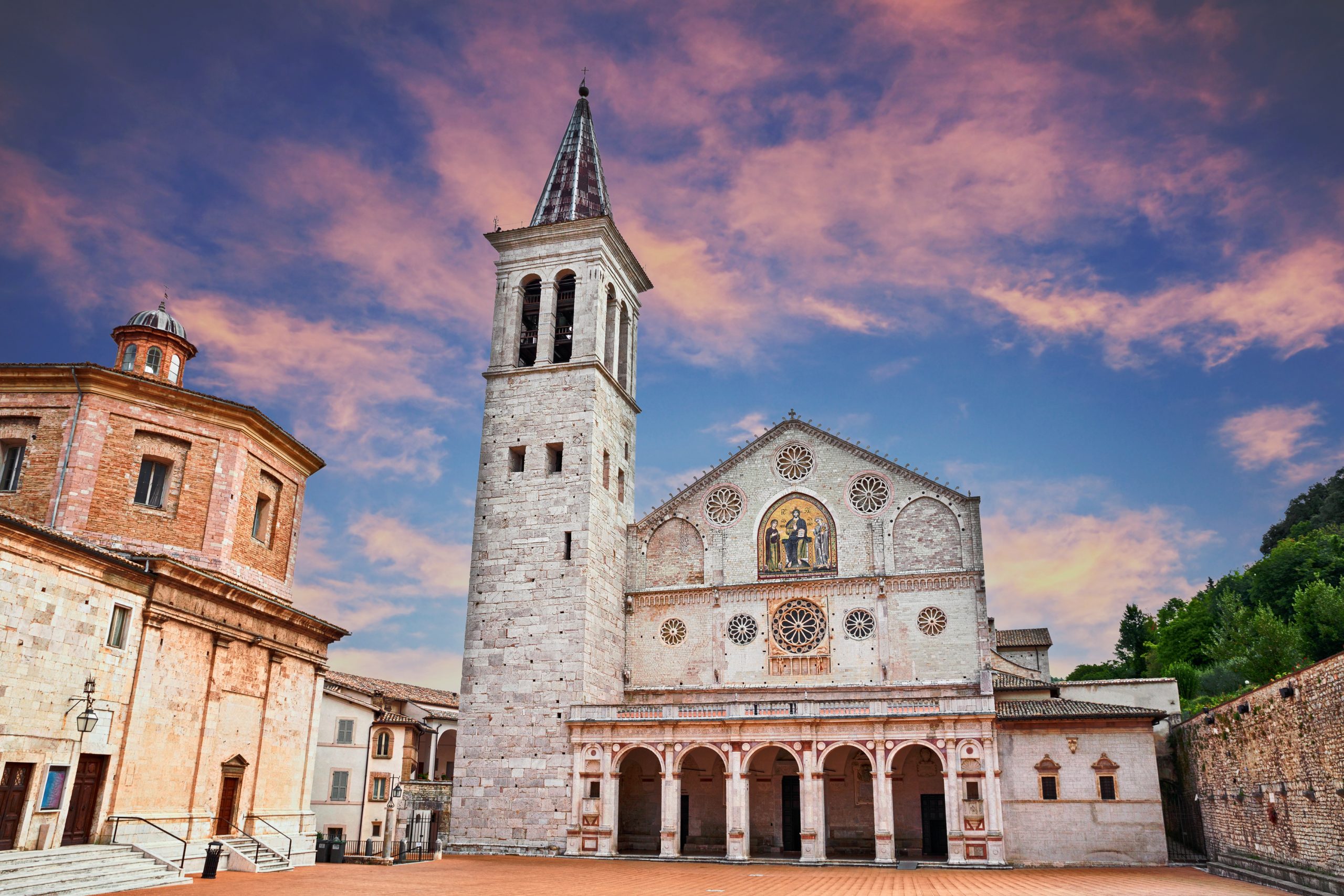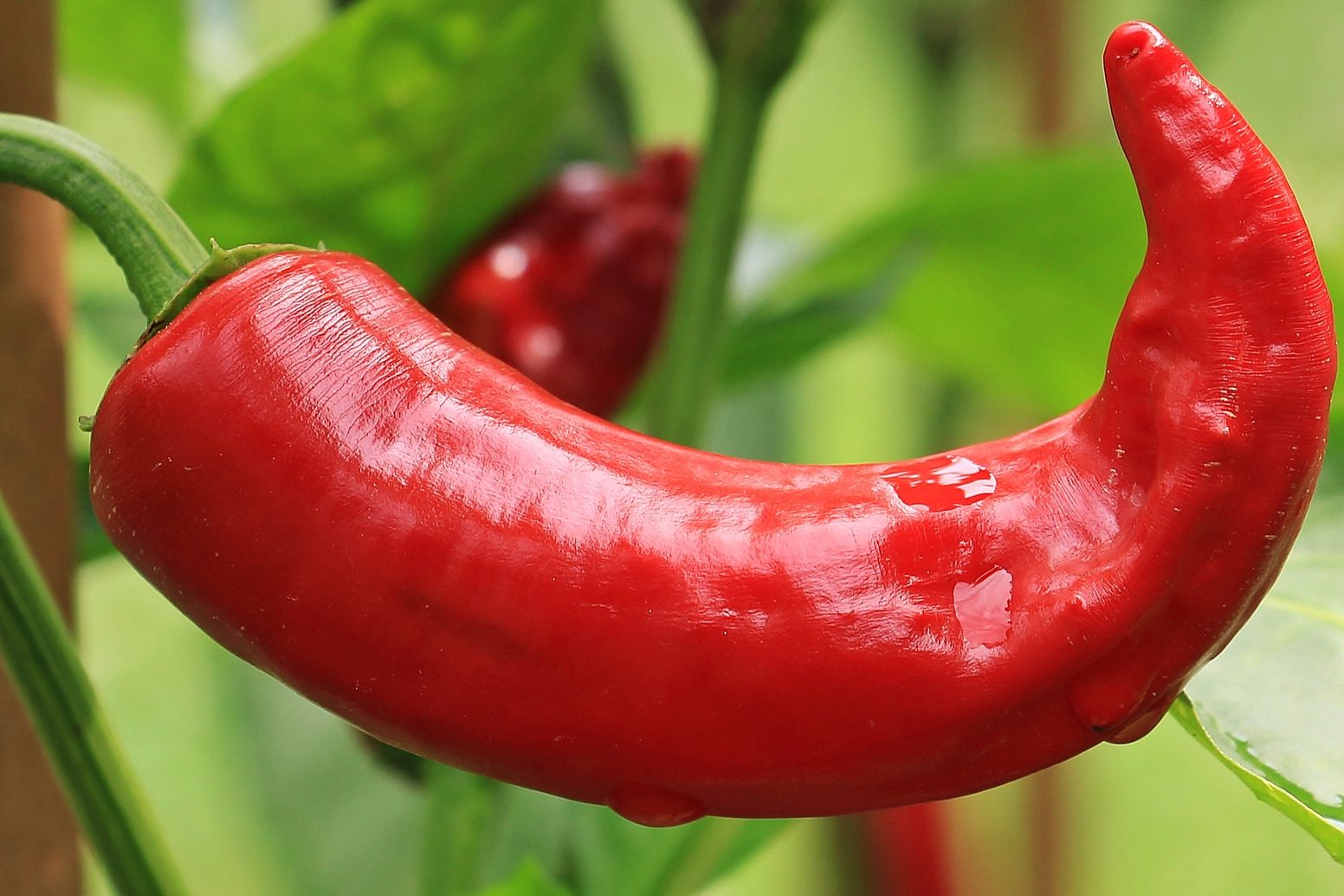When it comes to holiday sweets, each region in Italy has its specialty, from cakes to torrone, from panettone to nougat. And although nowadays most of this sweet treats can be bought in supermarkets and grocery stores, most Italians still prefer to buy them from historical patisseries and candy stores that have been producing and selling these holiday classics for decades if not even for centuries.
Pasticceria Sandri (Corso Vannucci 32, Perugia). In 1860 Swiss pastry chef Jachen Schucan and his wife decided to move from the Engadin to Perugia, where they open their café and pastry shop much to the delight of the local population. Throughout the years, the store has remained open through two World Wars and many adversities, and constitutes today one of the city’s most beloved café. With its stunning Belle Époque interiors, this pasticceria is famous in the area for preparing an amazingly decadent Yule Log called the Tronchetto di Natale, a rich sponge cake shaped in the shape of a wooden log and covered with dark chocolate, which Pasticceria Sandri prepares on site.
Pasticceria Romanengo (Via Roma 51, Genoa). Romanengo’s history dates back to 1780 when Antonio Maria Romanengo opened a colonial spice shop in Genoa. His sons later shifted the shop’s focus to candied fruit and eventually turned it into a confectioner’s store that sold chocolate, sugar sweets, preserves, syrups and liquors. The store, with its dark wooden cabinets and stunning showcase of sweets, is beautiful to look at and gives visitors the impression of having traveled back in time. For a real treat, try their gianduia nougat with hazel nuts, a Christmas specialty that can only be bought during the months of November and December.
Gemmi Pasticceria Drogheria Caffé Storico (Via Mazzini 21/23, Sarzana, Province of La Spezia). Opened during the Napoleonic rule near the coastal town of La Spezia, this patisserie features stunningly frescoed vaulted ceilings and an equally incredible selection of pastries, cakes, pies and candy. Almond lovers should definitely indulge in a few amarettos, soft cookies aromatized with almond liquor. During the holidays Gemmi is famous for its wonderful Spugnata, a sponge like cake said to having been invented by the local Jewish community centuries ago, that is filled with pear and apple jams, candied fruit, pine nuts and almonds.
Cova (Via Montenapoleone 8, Milano). Ask a Milanese where to buy the best panettone in town and he’ll probably send you to Cova. Opened in 1817 by Antonio Cova, this historical café and patisserie has served illustrious guests throughout the decades, including opera master Giuseppe Verdi, as well as several sopranos, musicians, and artists. Their panettone, a soft sweet loaf filled with candied fruit and raisins, has been prepared every year during the holidays with the exact same recipe that was said to be used when Cova opened, and together with the Duomo and saffron risotto is one of the unofficial symbols of the city of Milano.
Negozio Sperlari (Via Solferino 25, Cremona). The Lombard town of Cremona is the birthplace of nougat – locally called torrone– and Negozio Sperlari was one of the first stores to mass produce it and to bring it to success not only in Lombardy but around the world. Founded in 1836 by Enea Sperlari, this historical candy shop and patisserie features several specialties, from the buttery sbrisolona cake, to the Gran Mandorla, prepared with only the best almonds. Still, the real showstopper here is torrone, still prepared according to tradition and coming with all kinds of different flavors, from pistachio to hazelnut to orange and tangerine.
Caffé Pasticceria Tagliaferri (Piazza Santi Anargiri 6, Rossano, Province of Cosenza). Founded by Giuseppe Tagliaferri in 1900, this delightful café is one of the most popular in the whole of the Calabria region. Its tables, located outside the store in the piazza, invite passers by to stop to unwind and relax, while the scent of freshly baked pastries definitely whets everyone’s appetite. Frutta martorana is a local favorite: homemade marzipan is shaped and painted to look like apples, pears, oranges and other winter fruits and is traditionally given as a present or a stocking stuffer for Christmas and then enjoyed between December 25th and the New Year, as it is said to bring luck and prosperity.





























